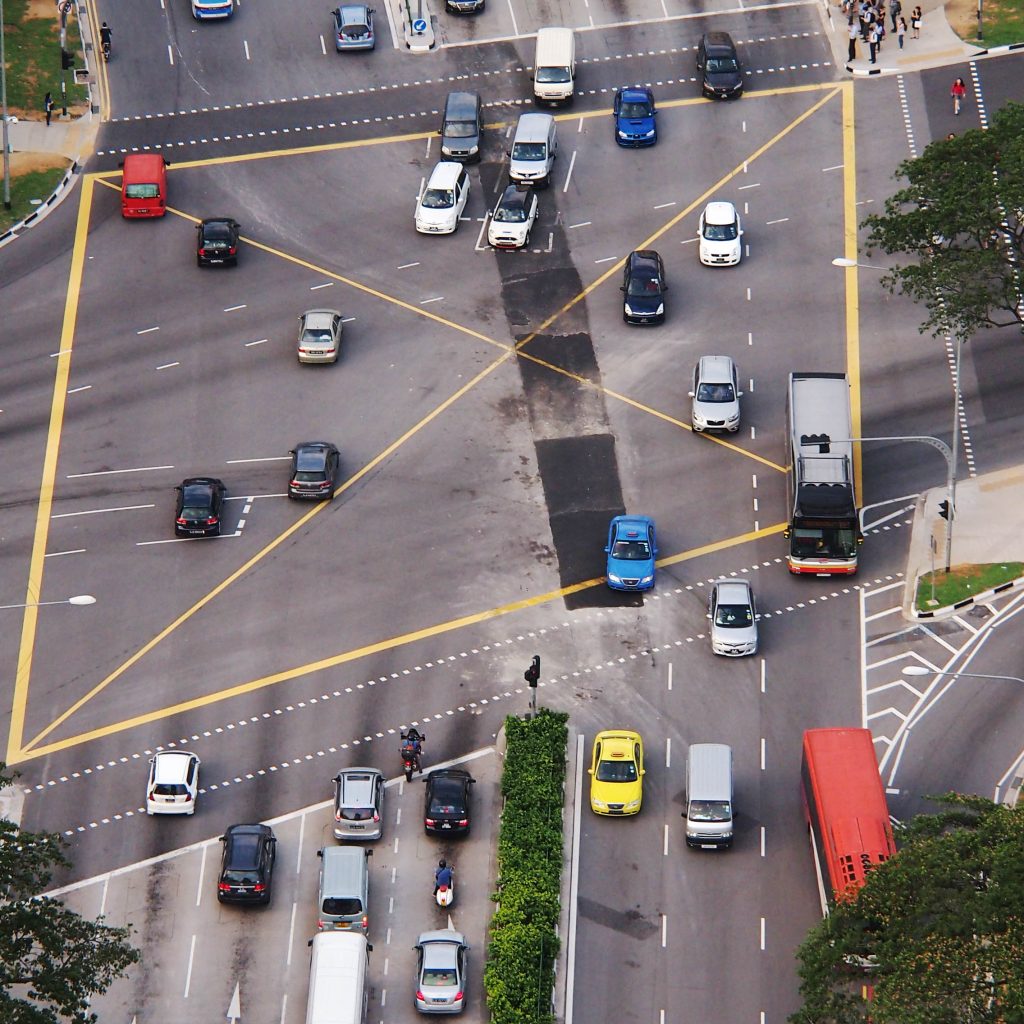High car prices may spur owners to drive more, not less
January 28, 2019

In 2018 the Singapore government announced its plans to freeze the number of cars on the road. Making car ownership in Singapore more costly through higher certificate of entitlement (COE) prices is one of the measures the government implements to promote a ‘car-lite’ society. But how effective is this policy? Professor Ivan Png (NUS Business School, NUS Department of Economics, and NUS Department of Information Systems and Analytics) argues in The Straits Times that high car prices may actually result in more vehicles on the road as people who spent more on their cars also used them more.
Prof Png’s joint research project with Professor Ho Teck Hua (NUS Business School) and Assistant Professor Sadat Reza (Nanyang Business School, NTU) revealed that an increase in COE premiums from $11,278 to $24,316 from 2009 to 2013 resulted in owners driving their cars 86km more per month. This phenomenon reflects the ‘Concorde Fallacy’ or the ‘Sunken Cost Fallacy’, where people who have made an irreversible investment are eager to get their money’s worth. In the case of car ownership in Singapore, owners seek to maximise car usage given the huge investment made in buying the car. This presents a paradox as high-cost car ownership may increase rather than decrease the number of vehicles on the road, thus rendering the government’s strategy of raising car prices ineffective.
However, Prof Png recognises that the government is changing its approach to managing traffic congestion. Importantly, the government is shifting towards usage charges while reducing the costs of car ownership. From 2020, Singapore will implement a new islandwide electronic road-pricing (ERP) system based on the Global Positioning System. The next-generation ERP system will provide drivers with real-time information about traffic conditions and car-usage costs based on distance, time, location, and vehicle.
Read the article here.
